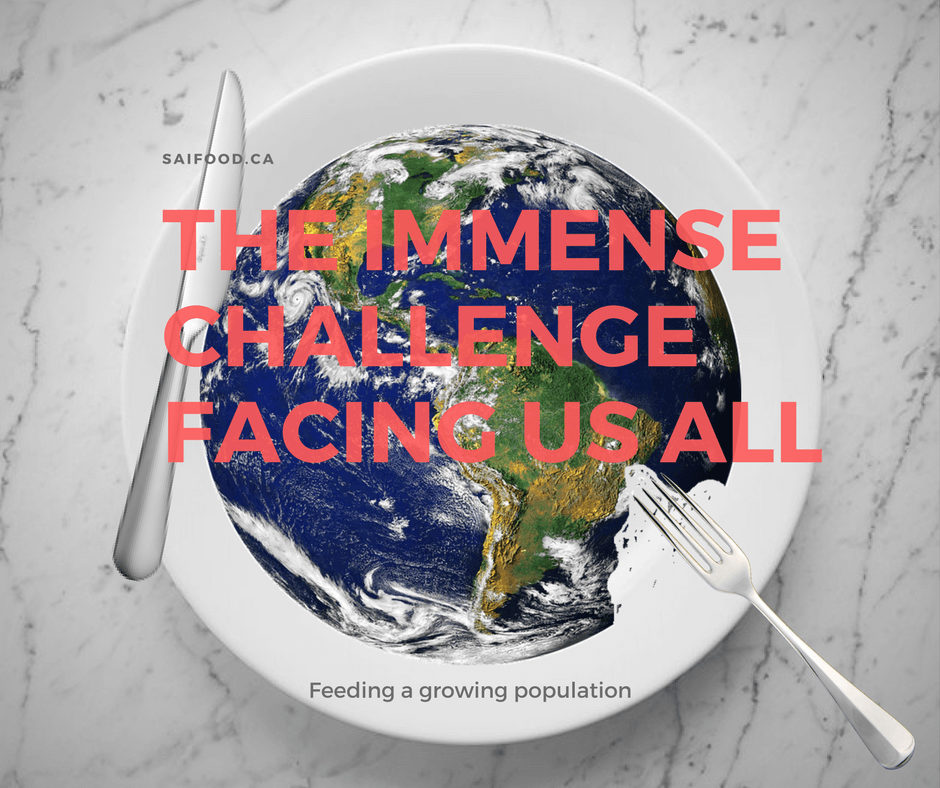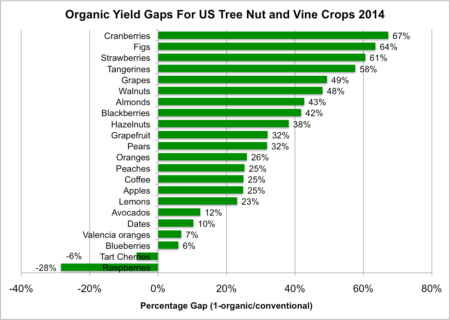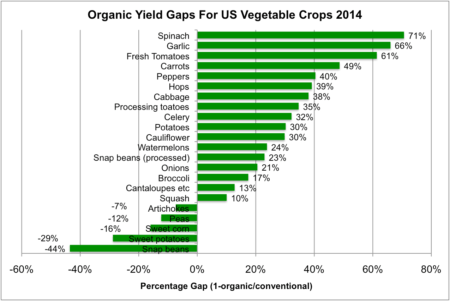The immense challenge facing us all
While the science of increasing food security continues to make advancements, the politics of technology options for feeding a future population is increasingly hostile.
The Food and Agriculture Organization (FAO) has estimated that yield increases of 2% per year are required to feed a global population of 7 billion. Over the past 20 years, yield increases have averaged 1% annually for wheat, rice and corn. To be able to develop plant varieties that are capable of providing higher yields, no plant breeding technologies should be dismissed. At population growth rates 8.6 billion will be realized within the two next decade, putting a 2100 population in the range of 11+ billion. Yield increases well in excess of 2% per year will be required to feed this population.
Billions of dollars are invested annually into the development of new crop varieties. This is done by private corporations, but also by government research laboratories and university researchers. While it is too costly to have taxpayers fund all possible research solutions, private corporations have stepped forward to assist in funding major research issues. This research is designed to solve a multitude of crop issues, for example, improved drought tolerance, insect resistance, larger root structures, yield increases, nutrient increases and the potential to reduce crop spoilage. All forms of plant breeding are being used to tackle plant variety improvements, conventional plant breeding and biotechnology plant breeding.
The challenge that plant breeding and agriculture in general face is that the opposition to innovative means of plant breeding simply rejects these options for improving food security. Environmental non-governmental organizations (eNGOs) advocate organic crop production will capably feed the world. Simply put, this is a naïve, erroneous and intentionally misguiding argument. The evidence indicates that relying solely on organic agriculture to feed the world will only increase food insecurity, starvation and malnourishment due the fact that organic crops yield less than conventional or genetically modified (GM) crops.
The FAO measured food security predominantly through what is known as the staple crops: corn, rice and wheat. These three crops are called the staple crops as in many countries, the vast percentage of daily nutrient consumption happens from these crops and frequently only one of the crops. For example, FAO reports that in many Asian countries up to 80% of daily nutrient intake comes from eating rice.
When we review yield lags for organic row crops, it appears rice yields are dramatic, with a near 40% decline. Wheat fares a little bit better with spring wheat declines of 34% and winter wheat of 29%. Organic corn yield variations depend on the use, with grain corn lags of 35% whereas sweet corn has a yield gain of 16%.
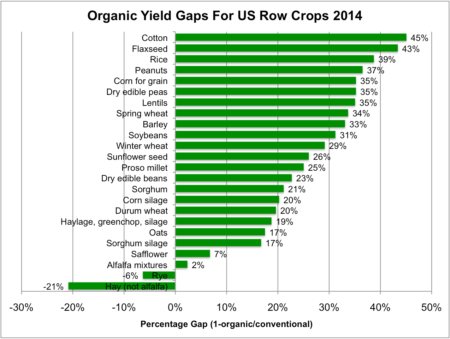
Organic yield lags are considerably more dramatic as nuts, fruits and vegetables are considered. Vegetable lags are as high as 60% for tomatoes and 70% for spinach. Fruit lags are as high as 60% for strawberries and 67% for cranberries. Horticulture crops, nuts and fruits require greater sources of water, which will be an important issue into the future for many producers. The focus of organic breeders is broader than yield, they also need to find and produce drought-tolerant crops, as well as pathogen resistance.
Of the 68 commodities listed, only 8 organic ones have a higher yield than conventional crops. The average of yield lag is 32%. This means that organic production would result in one-third less crop/food production. The following table highlights the global yield reduction for the three staple crops.
Basing future food security solely on organic production would raise the number of individuals that are food insecure from 800 million to 1.07 billion.
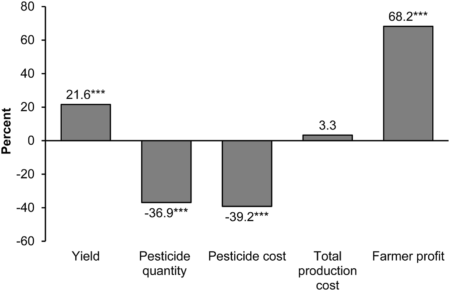
One essential breeding technology required to feed future populations will be the genetic modification or the application of gene editing technologies of plants. As Wilhelm Klümper and Matin Qaim identified in a meta-study of yield increases from GM crops, the average yield increase is 21%.
Organic agriculture, in some instances, is frequently the only option available, especially in developing countries where there have been minimal investments in the research and development of new crop varieties. Additionally, lower input costs are also an important consideration for low-income farmers. It’s important to note that while organic production is often chosen by the farmers as the preferred method of production, it is also the case that in some instances organic production is simply the only option that farmers have available to them.
To ensure that future population increases simply don’t end up as parallel increases in those defined as food insecure, all plant breeding technologies are going to be required, organic, conventional, GM and future technologies. Those that advocate for entirely organic crop production are ignoring the realities of crop production. Similarly, basing all future crop innovations on GM technologies would not be a reasonable risk mitigation strategy. Each crop production technology offers benefits, such as reduced tillage with GM crops to more diversified crop rotations with organics. Feeding future populations of over 9 billion people is going to require a continued investment in biotechnology innovations.


